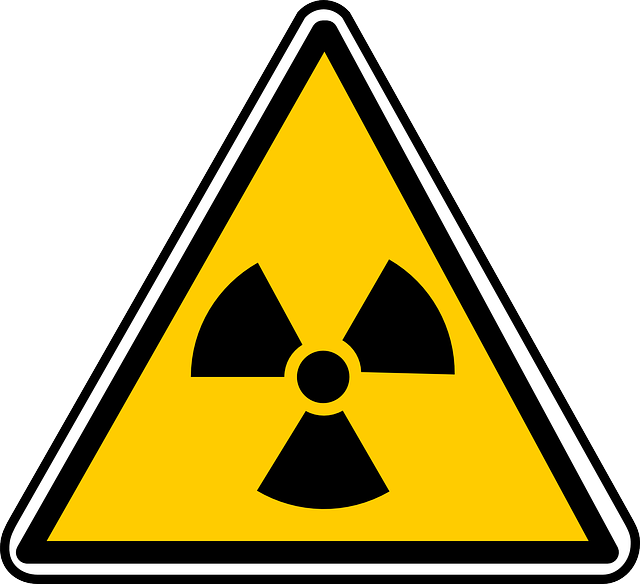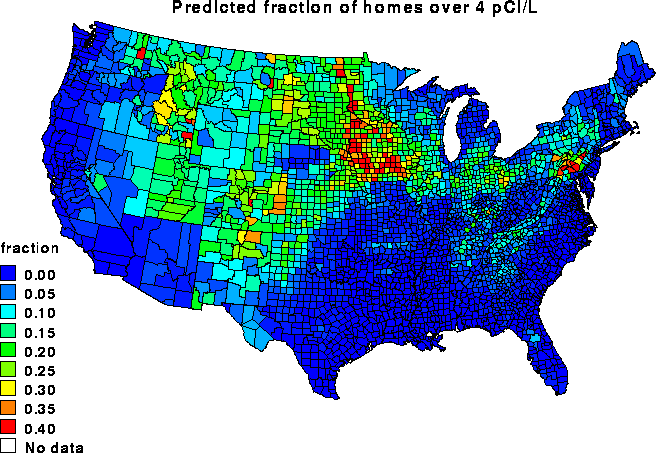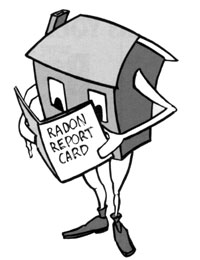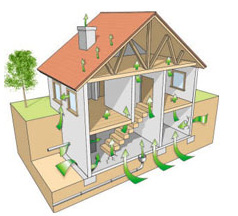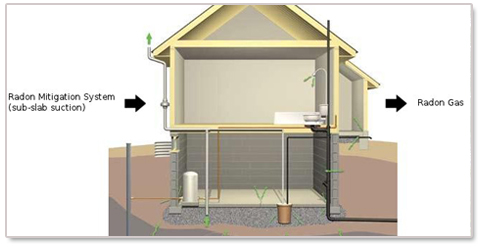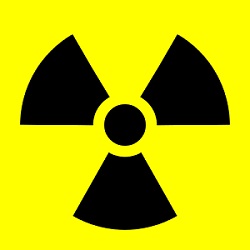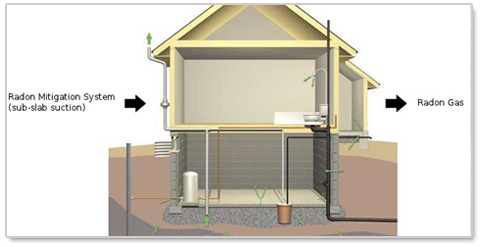Radon Levels in Iowa Homes are Shockingly High
The University of Iowa recently conducted research in Akron, Iowa to test radon levels in Iowa homes. The study was conducted in 2013 and published in September of 2015. Although Iowa is known to have some of the highest concentration of radon, the numbers surprised the researchers. The results showed higher levels of radon than expected. This is bad news for Iowa homeowners.
Radon is a clear, odorless, tasteless gas, and it is highly dangerous in confined spaces, such as in a home. Radon comes from the breakdown of uranium in the Earth’s crust. Iowa just happens to be where a large concentration of uranium in the Earth’s crust is. This is why Iowa is known to have higher levels of radon than other states in the country. It enters a home through small cracks in the foundation or by seeping through the concrete’s pores. Unfortunately, there isn’t much way to keep radon from entering your home. What you can do is make sure it leaves before it harms anyone in your home.
Ameriserv can Help Keep your Iowa Radon Levels Low
Radon is the second leading cause of lung cancer in humans. Cigarette smoke is the first. Radon is the leading cause of lung cancer in nonsmokers. Most American homes have a harmless small amount of radon, but when you have levels that reach 4 pCi/L (picocuries per liter) that can lead to health concerns. Some Iowa homes that were tested were 10 to 20 times that level. One even 30 times that. In fact, 4 out of 5 homes tested were over the EPA recommended level of 4 pCi/L. Obviously, it is not something you want in your home. If radon is left alone it can lead to harmful heath issues in time. That is why having regular radon testing and a radon mitigation system installed in your Iowa home is the safest, most responsible choice for Iowa homeowners.
Testing for radon is cheap and easy and can help you determine if your home is safe for its inhabitants. Testing once in the cold season and once in the warm season is a good way to start. From there, testing once or twice every couple of years will keep you informed. If you find dangerous levels of radon in your home, you must consider a radon mitigation system. This is a series of vents and fans that will push the radon outside your home where it becomes harmless because it is no longer in a confined space. Unfortunately, a radon mitigation system is relatively expensive. Considering though that high radon levels can lead to lung cancer, it is worth the cost.
Contact us here at Ameriserv Radon today. We can help you with radon testing and installation of radon mitigation systems. We offer services across Iowa. To learn more about radon click here. We look forward to working with you, so give us a call today!


